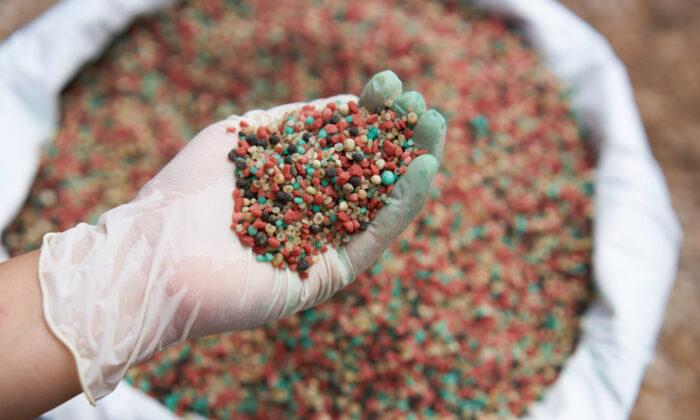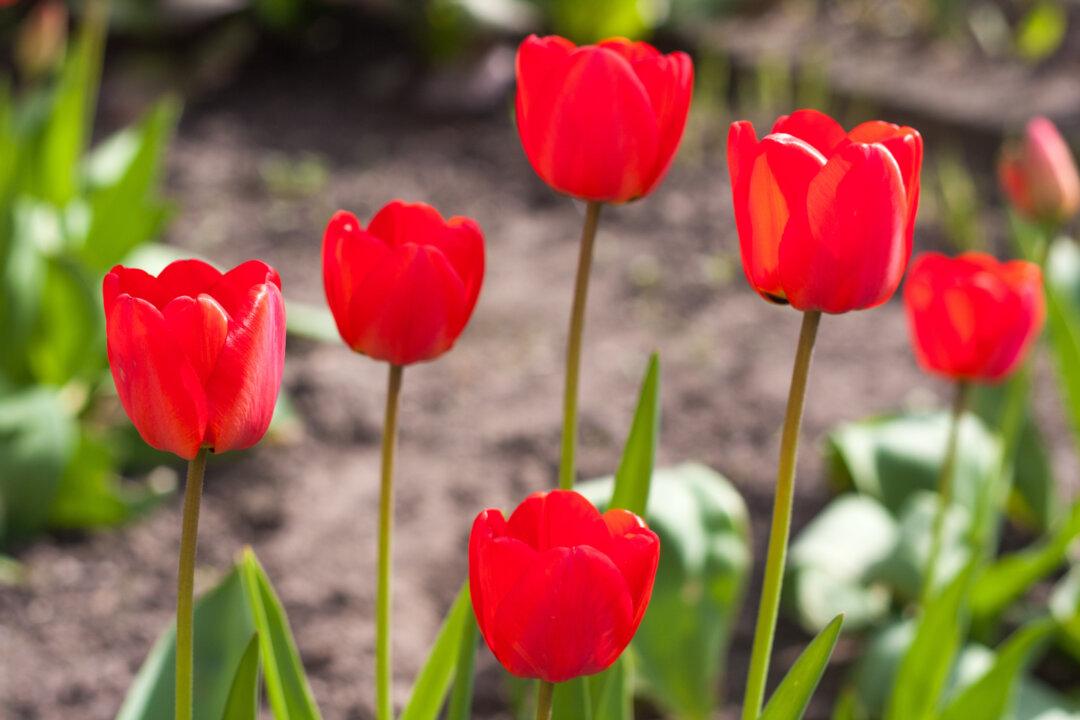We all know the importance of a balanced diet with proper vitamins and minerals to maintain our health, but plants need a proper diet too.
There’s a lot more to fertilizer than grabbing a bag of 10-10-10. In fact, in many situations 10-10-10 would absolutely be the wrong one to use (for example, once fruits and vegetables start flowering). Fertilizer selection can be overwhelming—and you’re probably going to need more than one during the growing season.
Nitrogen, phosphorus, potassium, calcium, magnesium, sulfur, boron, copper, iron, manganese, zinc, chlorine, or cobalt. Commercial or organic. Liquid or dry. Just as a master chef studies ingredients to create delicious dishes, the expert gardener understands how to feed plants: the what, when, and why. The good news is that, as with a cooking class, there are basics to get everyone started quickly and easily.

Fertilizers Versus Amendments
While compost adds vital nutrients to the soil and can be found at your local Home Depot bagged as “Cow Manure and Compost .05-.05.-05,” it isn’t a fertilizer.Fertilizers can provide nutrients to the plants immediately or as time-release formulations that provide them more slowly and over a longer period of time. But compost is an amendment, and while it may provide some micro/macro nutrients (hence the .05-.05.-.05 label), its main job is to improve the soil structure and ecosystem.
The Big Three
All plant life needs 17 essential elements to grow to their full potential. Of these, they absorb 14 through the soil, with the remaining three coming from air and water. Of these, nitrogen, phosphorus, and potassium (or NPK) are considered the most essential, with nitrogen topping the list.A key component of photosynthesis, nitrogen is responsible for hearty stem and leaf growth and the plants’ deep green color. Yellow leaves and slow growth may be a sign of a nitrogen deficiency.
Phosphorus is a building block of root growth, and it promotes the production of flowers, fruit, vegetables, and seeds. That’s why Burpee Tomato + Vegetable fertilizer is 3-6-4, reducing the percentage of nitrogen while boosting the phosphorus so the plant focuses on producing more flowers and vegetables rather than more stems and green leaves. If your plant leaves have a bluish tinge, you may need more phosphorus.
Secondary Nutrients and Ratios
Quality fertilizers and those designed for specific crops (e.g., tomato feed), will also include minor nutrients (calcium, sulfur, magnesium) and micro-nutrients (boron, zinc, copper, chlorine, molybdenum, manganese, and iron).If you can’t find a specific blend for your needs, follow the rule of thumb: A 1-1-1 ratio (e.g., 3-3-3 or 10-10-10) is a balanced, general-purpose fertilizer. Meanwhile, the higher potassium in a 1-2-1 ratio is best suited for fruits, vegetables, seeds, flowers, and transplants.
Similarly, the higher nitrogen of a 2-1-1 ratio makes it best suited for trees, established lawns, and leafy vegetables (lettuce, kale, etc.). New lawns will do best with a 1-2-2, which focuses on strong root growth, with 2-1-2 or 3-1-2 a popular choice for a lawn in distress or a robust fall feeding.

Chemical Versus Organic
Chemical fertilizers are traditionally extracted from ammonium chloride, ammonium nitrate, ammonium phosphate, ammonium sulfate, and urea. They are then combined with fillers into easy-to-apply pellets, powder, or liquid, and can be found at most garden centers. They give a quick boost of nutrients, with results visible in as little as one to two weeks, with further application required as directed. Chemical options can easily be tailored to a plant’s specific needs.Organic fertilizers are usually made from animal manure, blood meal, compost, cottonseed meal, and fish emulsion. They feed not only the plant, but also the soil ecosystem, they don’t have a negative effect on the soil or nearby water sources, and they steadily release nutrients. However, this can be too slow a release for particularly depleted soil. The option in these cases is to give plants a quick chemical fix or be patient as the soil takes a while to repair. On the upside, with organic options, plants consume only what they need, don’t usually overfeed, and are less susceptible to “fertilizer burn.”
Regular fertilizer is the secret to impressive plants, but too much of a good thing may be too much. Always read the product labels so you’ll be rewarded with bodacious blooms and a hearty garden harvest.





